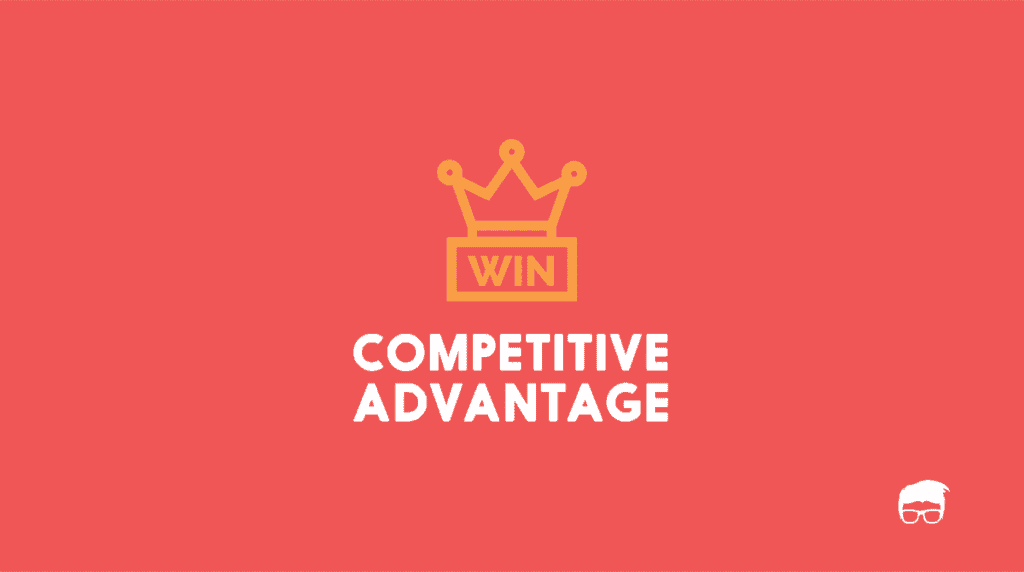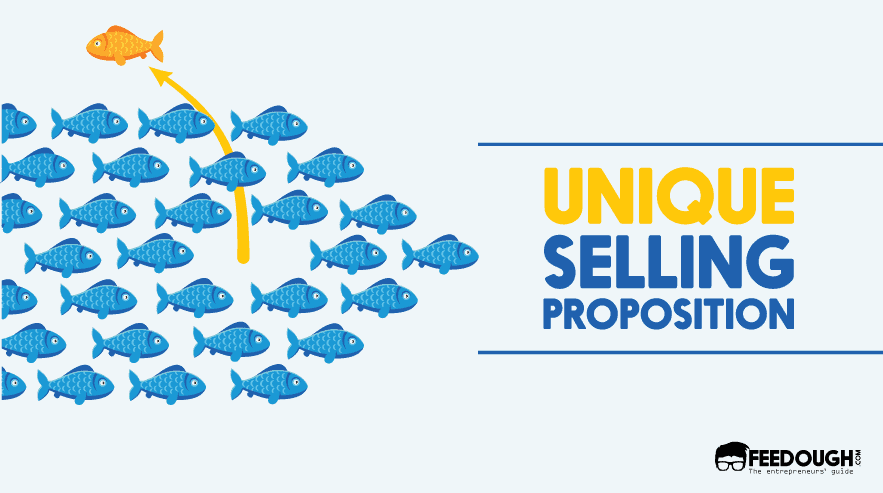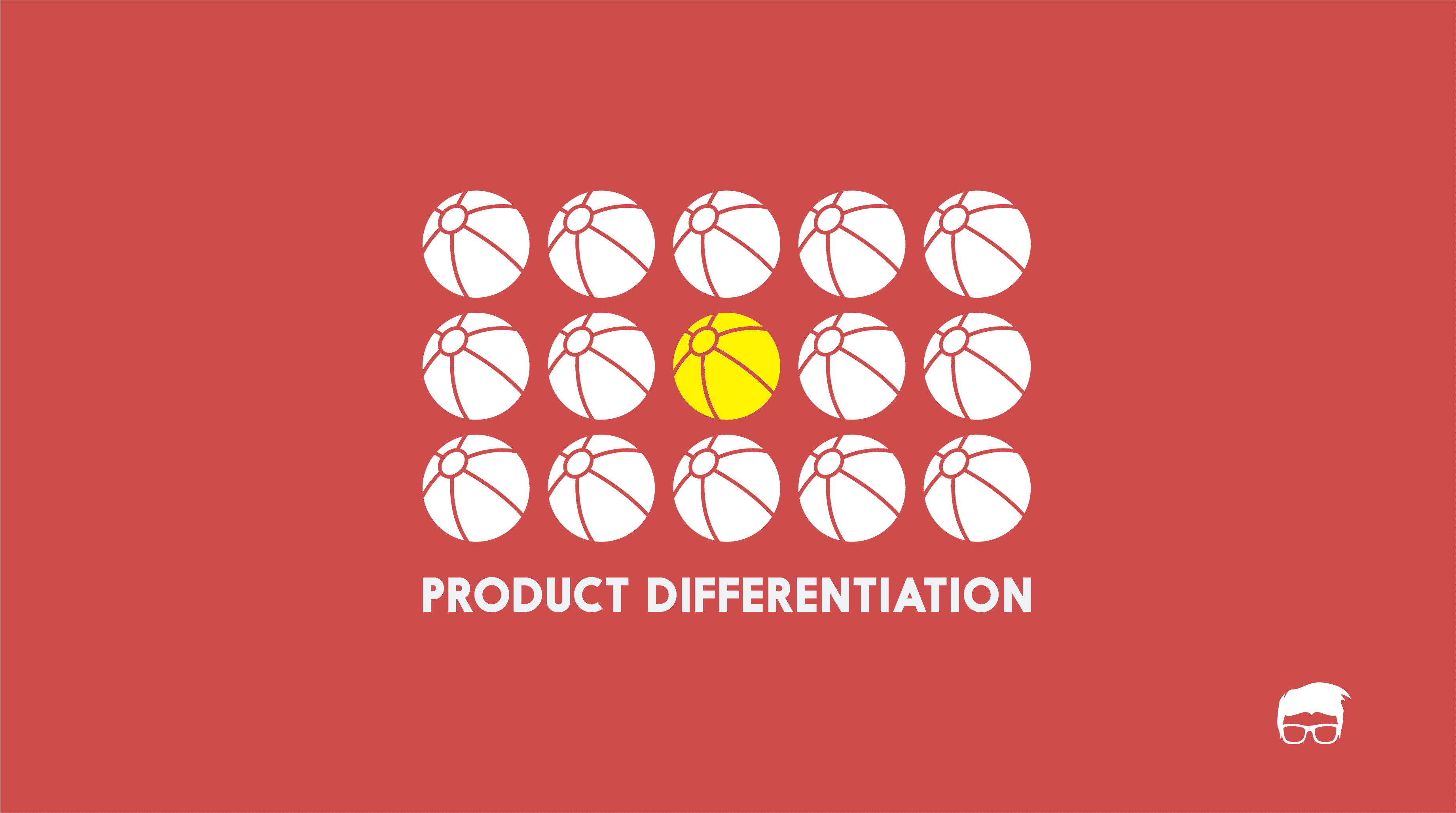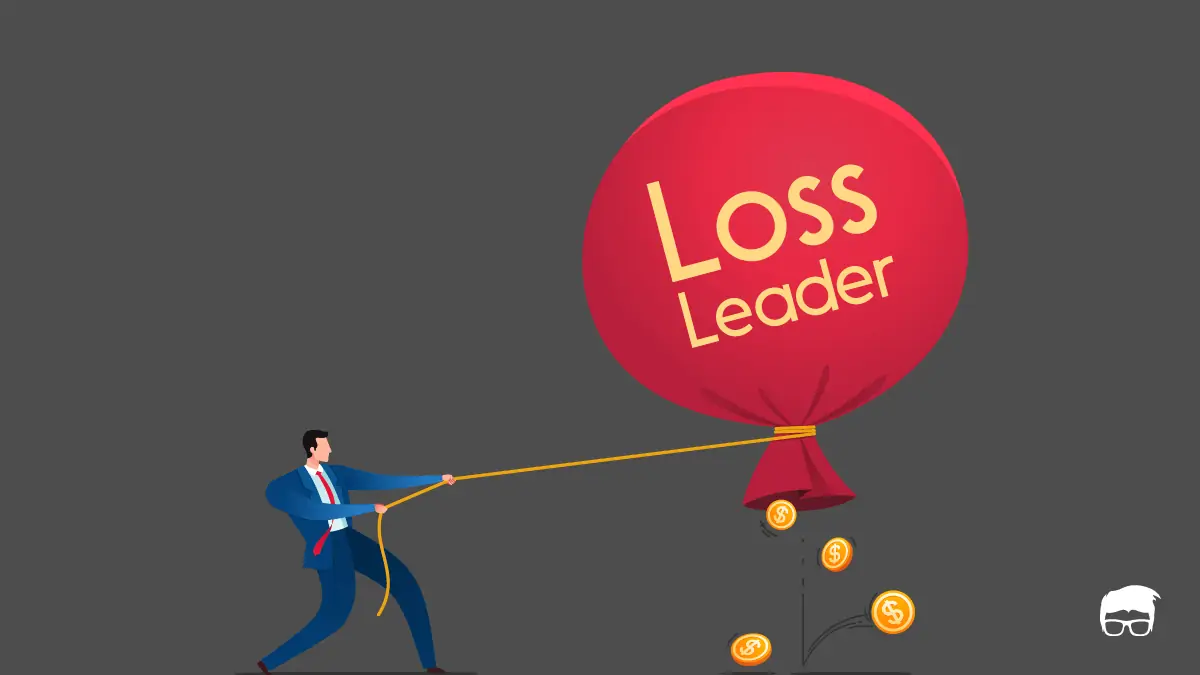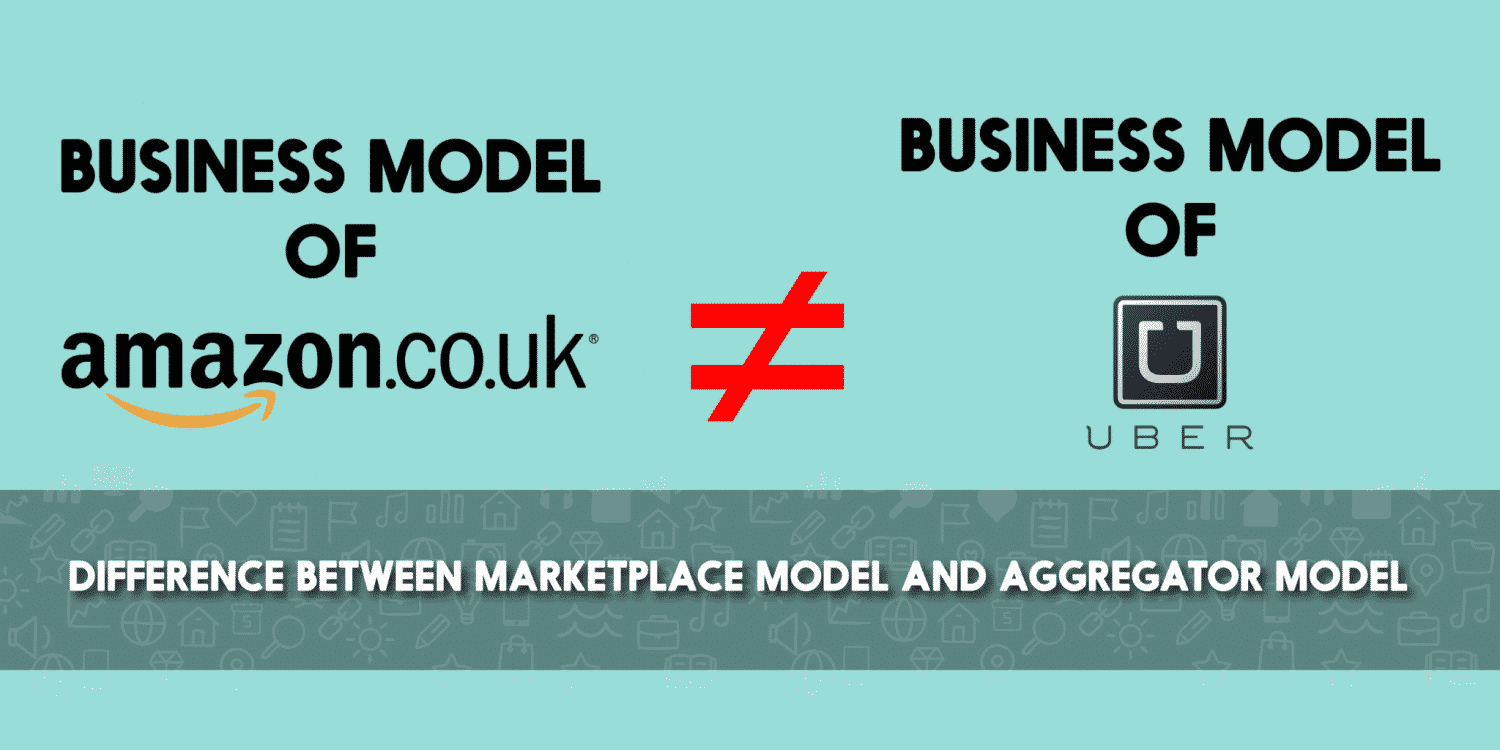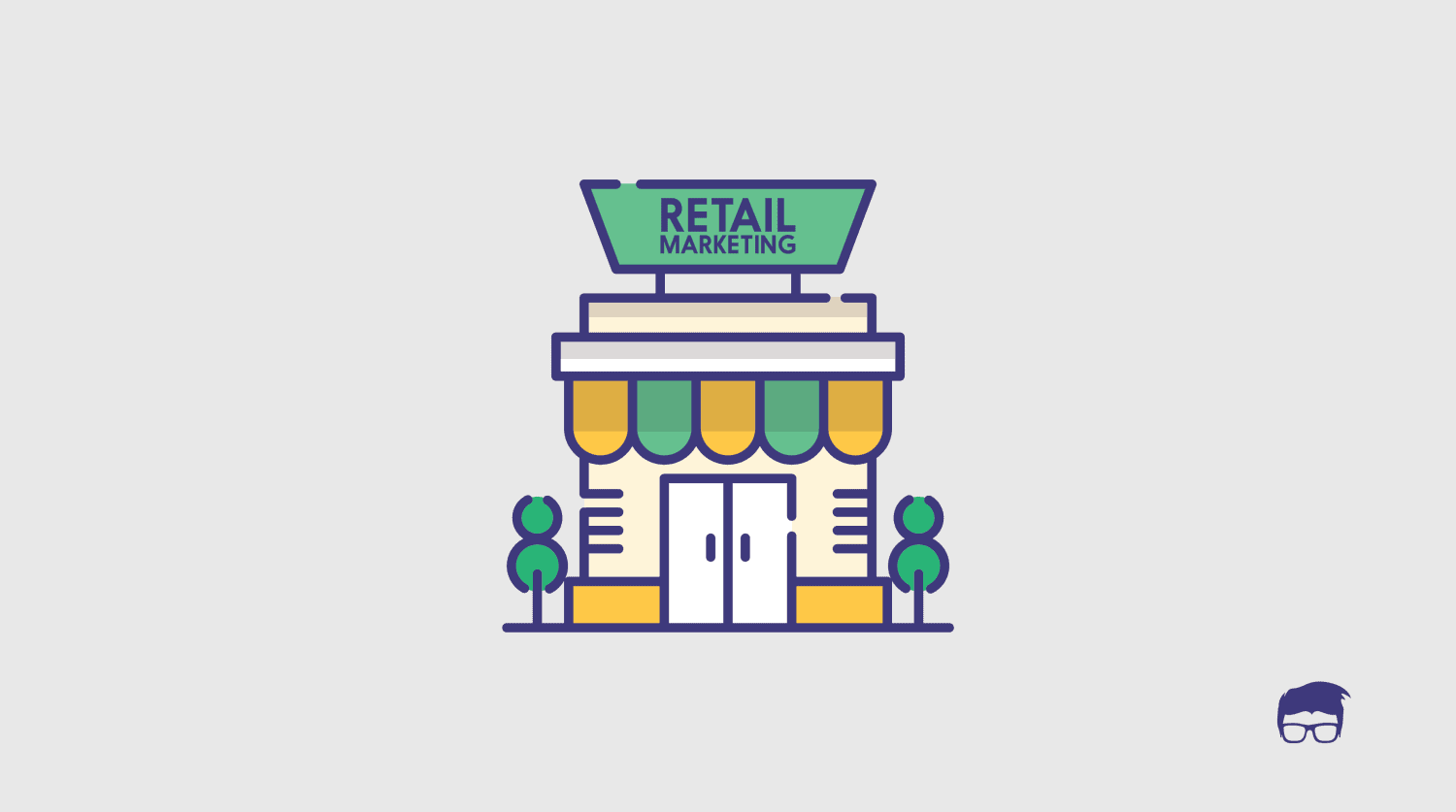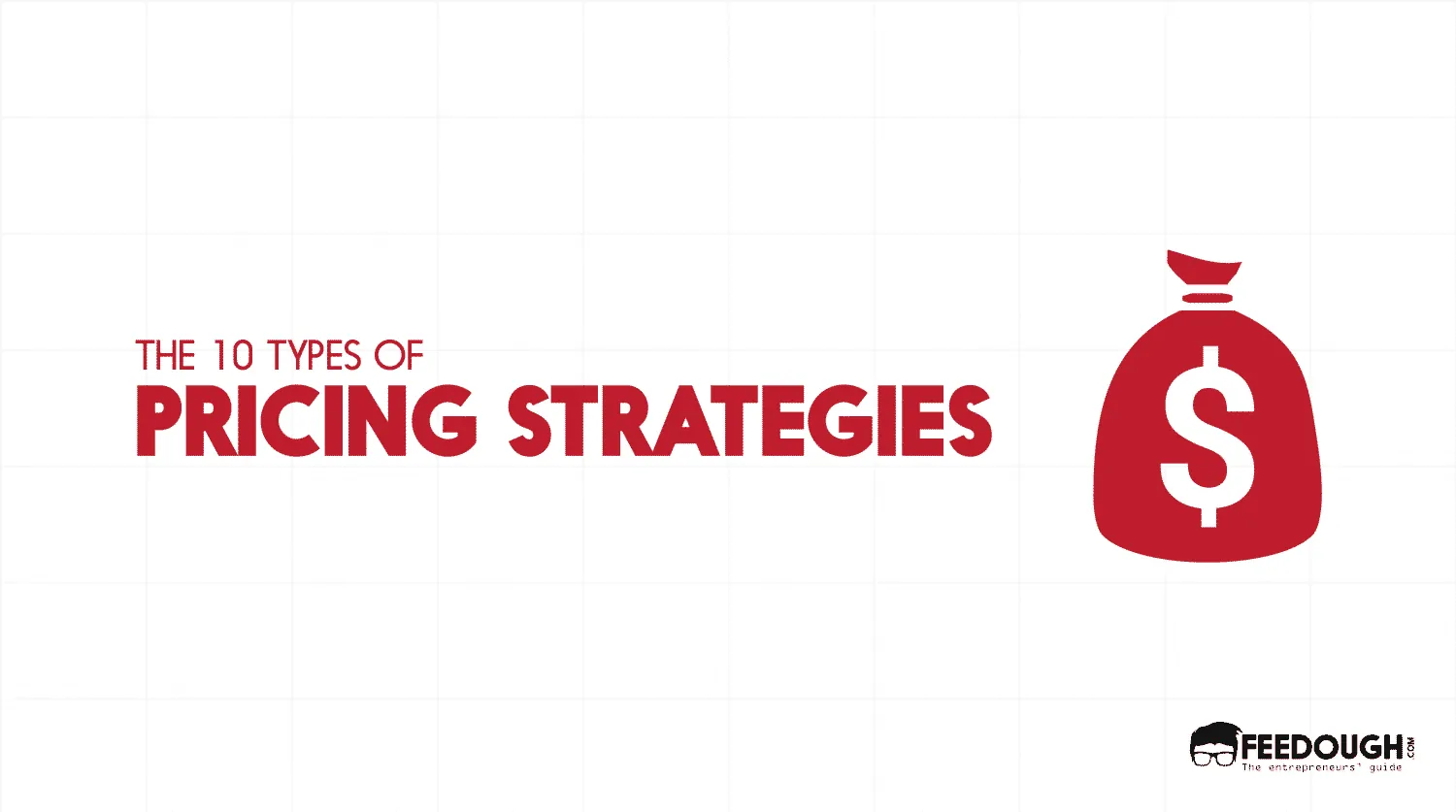The smart pricing, differentiation, branding, marketing, asset, and targeting strategies make some brands, products, and services to be perceived as superior to others. These strategies lead to a state of competitive advantage which makes the business cater to more-than-average customers and earn more-than-average profits.
Suppose there are 3 fruit sellers selling the exact same quality of apples near your house, but one of them attracts over 50% of the customers while the other two just sit and see the customers buying from him. What could be the secret to his success?
Price?
Now suppose these 3 fruit sellers started selling apples at the exact same rate, yet the previous market leader is leading this time too. What could be the secret to his success this time?
Better quality of apples? Or probably the established brand?
What Is Competitive Advantage?
Competitive advantage is a favourable position a business holds in the market which results in more customers and profits. It is what makes the brand, product, or service to be perceived as superior to the other competitors.
A brand can create a competitive advantage if it is clear about these three determinants:
- Target Market: The perfect knowledge of who buys from the brand, what they desire from the brand, and who could start buying from the brand if certain strategies are executed is essential for the business to create a competitive advantage over the competitors.
- Competition: The business should have an answer to these two questions: Who is the present competition and who could be a prospective competition in the coming years? What are the production, pricing, marketing and branding strategies they’re using to develop and market their products?
- USP: The unique selling proposition is usually the chief trigger of the competitive advantage and separates the business from the competition. It is the reason why the customers choose the concerned brand over others. The USP should be clear to both the business and the customers in order for a brand to create a competitive advantage.
Types Of Competitive Advantages
Even though the definition of competitive advantage remains the same, different marketers have stated different types of competitive advantages.
Michael Porter, a Harvard University graduate, wrote a book in 1985 named – Competitive Advantage: Creating and Sustaining Superior Performance, which identified three strategies which businesses can use to tackle competition and create a sustainable competitive advantage. According to him, these three generic strategies are:
- Cost Leadership: It is a strategy where a business produces the same quality of the product as of the competitors’ but sells it at a lower price. Cost leadership is achieved by continuously improving the operational efficiency (using less but more efficient workers or outsourcing to places where the costs are less), and getting the advantage of economies of scale (in the case of bigger businesses like Aldi, Walmart, etc.).
- Differentiation: A differential advantage is when the product or service offered by the business deliver different benefits than the products offered by the competitors. It involves defining the offering’s unique position in the market by explaining the unique benefit it provides to the target group. This unique position can refer to the high quality, better delivery, more features, or any other specific attribute of the product or service. Differentiation is usually achieved by innovation and big innovation usually result in disruption of the industry and creating a sustainable competitive advantage for the business. An example of the creation of differential advantage through disruption is Uber. It differentiated the service it was offering by providing it on demand.
- Focus: Also called the segmentation strategy, the focus strategy involves targeting a pre-defined segment rather than everyone. It involves understanding the target market better than everyone else and use the data for better offering crafted according to the target market’s needs. This strategy was initially used by small businesses to compete with the big companies, but with the advent of the internet and the introduction of microtargeting, even big businesses like Amazon, Facebook, & Google use the focus strategy to differentiate themselves from others.
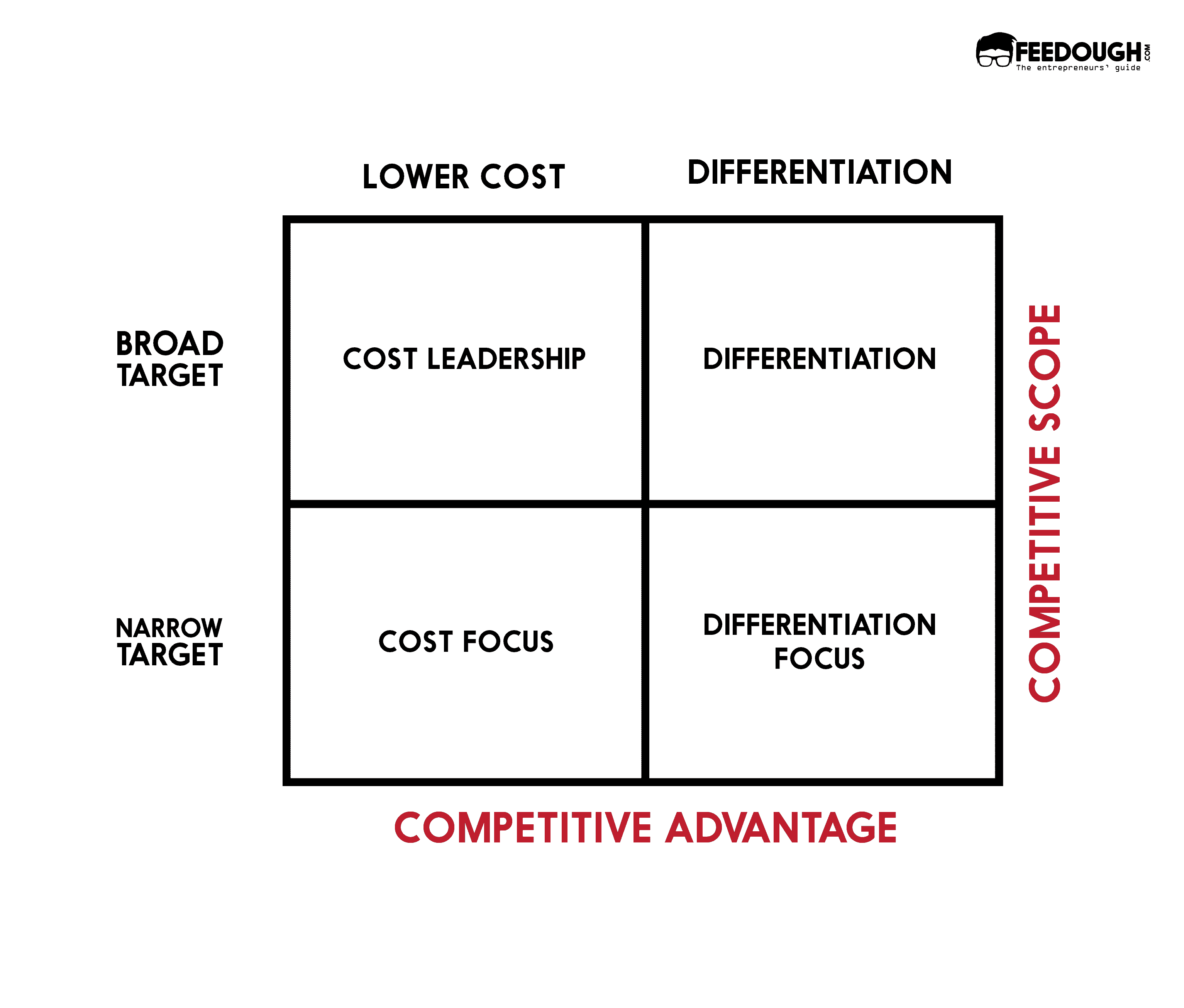
However, modern competitive advantages aren’t limited to these three. A strong brand, big pockets, network effect, patents, and trademarks are few other competitive advantage strategies businesses use to outdo their competitors.
- Brand: Brand loyalty is one of the biggest competitive advantages any business can capitalize on. An effective brand image and positioning strategy leads to customers becoming loyal to the brand and even paying more than usual to own the brand’s product. Apple is a perfect example when it comes to brand-related competitive advantage.
- Big Pockets: Some companies enter the market with huge funding and disrupt the ecosystem by providing some really enticing offers or providing the products at really low prices. This acts as a competitive advantage as other companies often fail to respond to such tactics.
- Network Effect: The network effect makes the good or service more valuable when more people use it. For example, Whatsapp enjoys a competitive advantage over other players because its users are reluctant to try other applications as most of their contacts use Whatsapp.
- Barriers to Entry & Competition: Businesses often make use of natural and artificial barriers to entry like Government policies, access to suppliers, patents, trademarks, etc. to stop others from becoming a close competition.
Competitive Advantage Examples
Google enjoys the competitive advantage of being the only effective search engine over the internet. The company was able to reach this height because of its size, innovation, market position, and the network effect.
With its biggest competitor, Google plus, not even being close to it, Facebook surely enjoys a competitive advantage over its competitors. One of the biggest reason is the network effect, but other reasons which led to this success are constant innovation, the advertisement (free) business model, and the personalized content.
LinkedIn is not a conventional social media network. It is focused on the business professionals and enjoys a competitive advantage for being a niche social media network.
Go On, Tell Us What You Think!
Did we miss something? Come on! Tell us what you think about our article on competitive advantage in the comments section.
A startup consultant, digital marketer, traveller, and philomath. Aashish has worked with over 20 startups and successfully helped them ideate, raise money, and succeed. When not working, he can be found hiking, camping, and stargazing.
